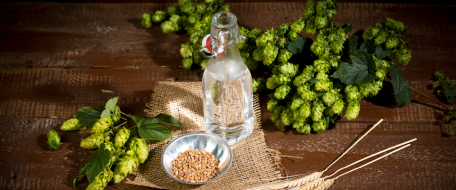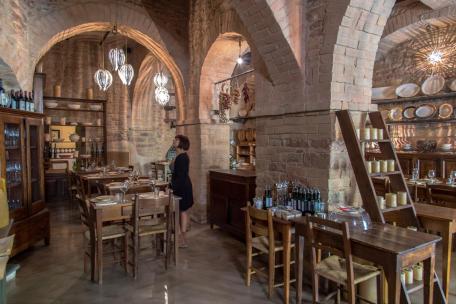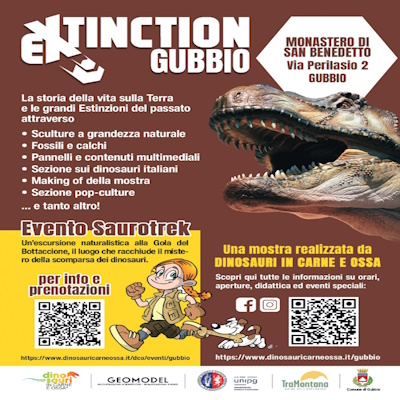Refined Renaissance masterpieces to admire: this artistic journey will take you to discover the Nativity and enjoy the scenic beauty of Umbria.
Il Perugino ci racconta la natività - Il Perugino ci racconta la natività
.jpg/f12a645f-b8d7-8432-7ddf-7903a2900890?width=1920)
Arte Perugino
Perugino
Epoche storiche Renaissance Renaissance
Perugino tells us about the Nativity
The mastery of the artist in his depictions of the Christian event with the most symbolic value
Accessibility
Città della Pieve
Perugia
Trevi
Montefalco

What do you want to ask me?























